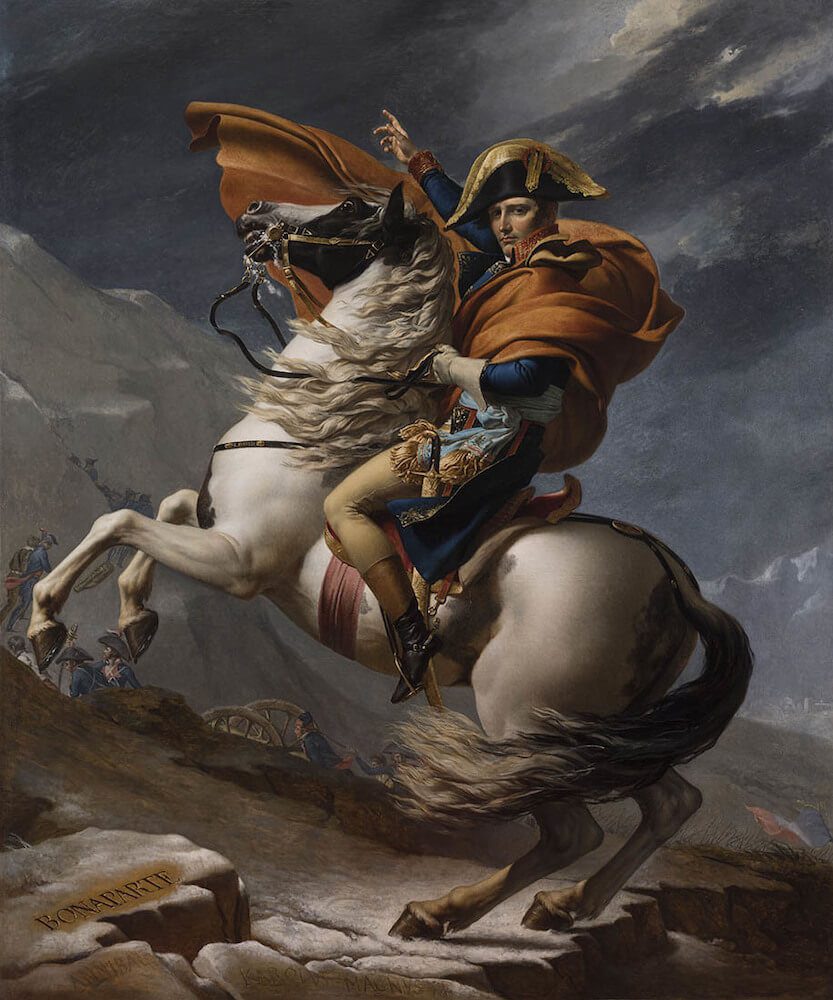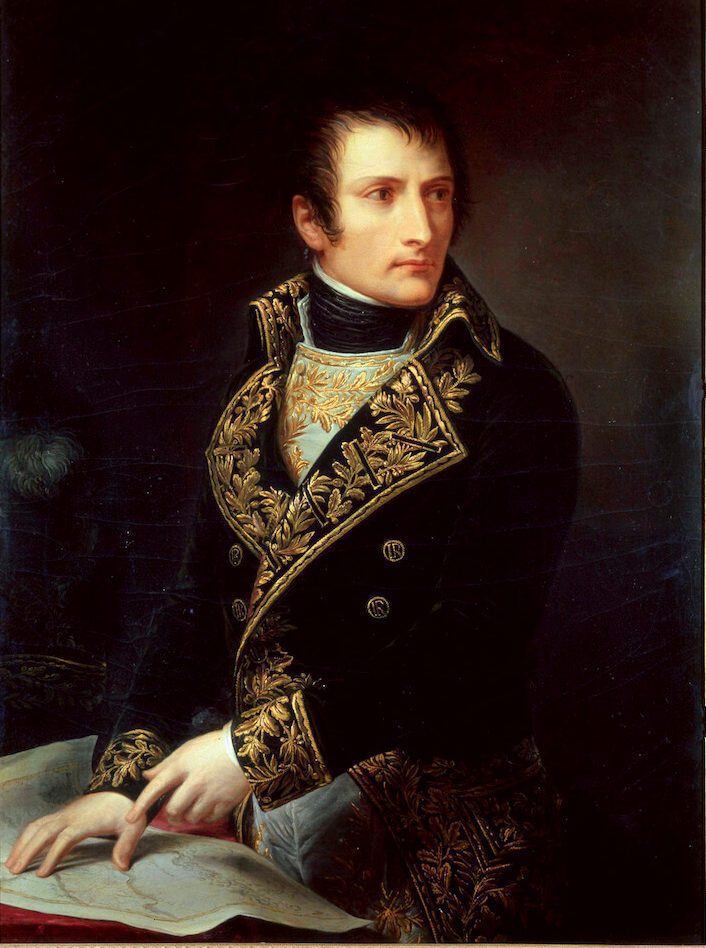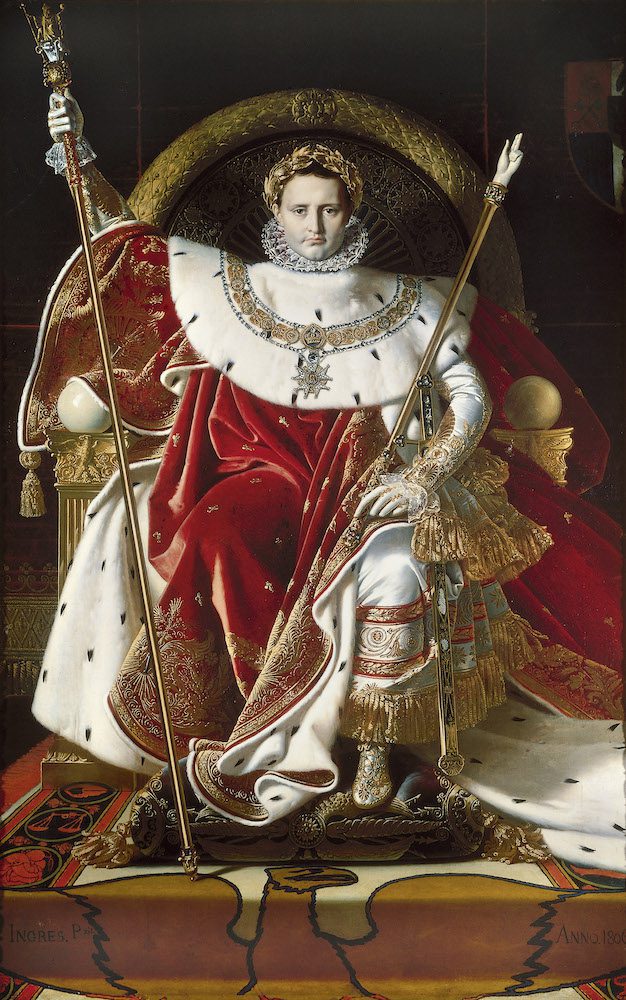
Two hundred years ago, on May 5, 1821, during his exile on the island of Saint Helena, Napoleon Bonaparte died.
Napoleon Bonaparte was one of the key figures in the political and social life of the 19th century, and his death greatly affected public opinion at the time.
After learning the news, accompanied by the discovery of Napoleon’s Christian conversion on his deathbed, Alessandro Manzoni decided to write in his memory the famous ode “Il cinque Maggio”, which later became a reference point for all Italian literature.
Ei fu. Siccome immobile,
Dato il mortal sospiro,
Stette la spoglia immemore
Orba di tanto spiro,
Così percossa, attonita
La terra al nunzio sta,
Muta pensando all’ultima
Ora dell’uom fatale;
Nè sa quando una simile
Orma di piè mortale
La sua cruenta polvere
A calpestar verrà…
The above opening words that most of us will have studied at school and that will well remember as the celebration of the greatness as well as the defeat of Napoleon Bonaparte, charismatic figure of the beginning of the nineteenth century.
Napoleon was born on August 15, 1769, on the island of Corsica in the Mediterranean Sea.
A French military general, he was the first emperor of France and one of the world’s greatest military leaders. Many were the changes introduced by this historic figure. In fact, Napoleon revolutionized military organization and training, sponsored the Napoleonic Code, reorganized education, and established the long-standing Concordat with the papacy.
In 1812, Russia, Britain and Sweden allied with other nations, giving rise to the Fourth Coalition. Napoleon, in an attempt to bring it down, tried to invade Russia with 600,000 men, the “Grand Army,” but his attempt turned into a painful defeat that cost the lives of 500,000 men. The coalesced nations invaded France, and on March 4, 1814, Paris was occupied by enemy troops. Napoleon was forced to abdicate in favor of his son, renounce all his powers, and finally was sent into exile to Elba.
During his exile, Napoleon saw Austrians, Prussians, British and Russians dividing up what had been His Great Empire during the Congress of Vienna and dreamed of regaining power.
In March 1815 he escaped from imprisonment and, having landed in France, began to reorganize his army and resumed power under the short-lived Hundred Days reign.
On June 18, 1815, however, defeat awaited him on the fields of Waterloo. Finally defeated, Napoleon was led on a military ship and exiled to St. Helena, a small island in the Atlantic Ocean. For him, however, there was no trial or conviction and he was left free to move about the island as he wished, albeit under the surveillance of a British military contingent. The island of St. Helena, still a British possession, was and is, in fact, so remote and lost that it made any escape attempt impossible for Napoleon.
Confined to the distant island of St. Helena, Napoleon Bonaparte died, at almost 52 years of age, on May 5, 1821.
The figure of Napoleon was depicted in various works called to serve a propagandistic and laudatory function and to reinforce his consensus.
The evolution of Napoleonic iconography follows developments in political events and is accompanied by the transition from the revolutionary image to the more official and regal, or imperial, image.

Jacques-Louis David was Napoleon’s official portrait painter and with his propaganda portraits helped create the official image of the Emperor. So much so that in 1804, decorated with the Legion of Honour, he was appointed by Napoleon the first painter of the Empire

In the work, Napoleon First Consul, Andrea Appiani brings out the dignity and inner strength of the subject from his attitude and gaze. Napoleon appointed Appiani, first painter to the king of Italy and bestowed coveted awards on him.

In this painting, the painter Ingres, a pupil of David, depicts Napoleon almost as a Greek deity. Also known as His Majesty the emperor of the French on his throne it emphasizes the power and grandeur of the emperor in all his pageantry starting from the big chair to the mantle with bees and the gold necklace. The symbols of French imperial power are clearly visible: the scepter of Charles V in the right hand and Charlemagne’s hand of justice in the left. Throughout history it has become one of the most famous works depicting the general at the height of his political career.
Discover in our archive the many images that depict Napoleon Buonaparte and retrace through them his historical path. Do you need specific images for a project? Contact us for a custom search from our expert team.